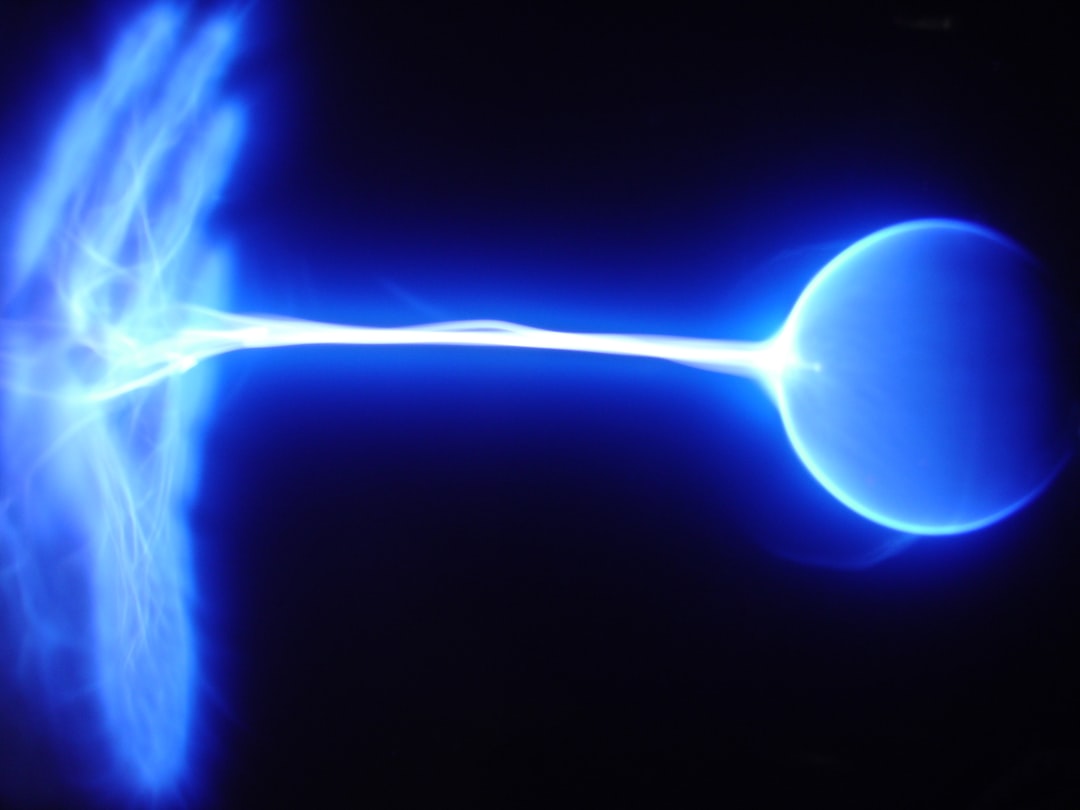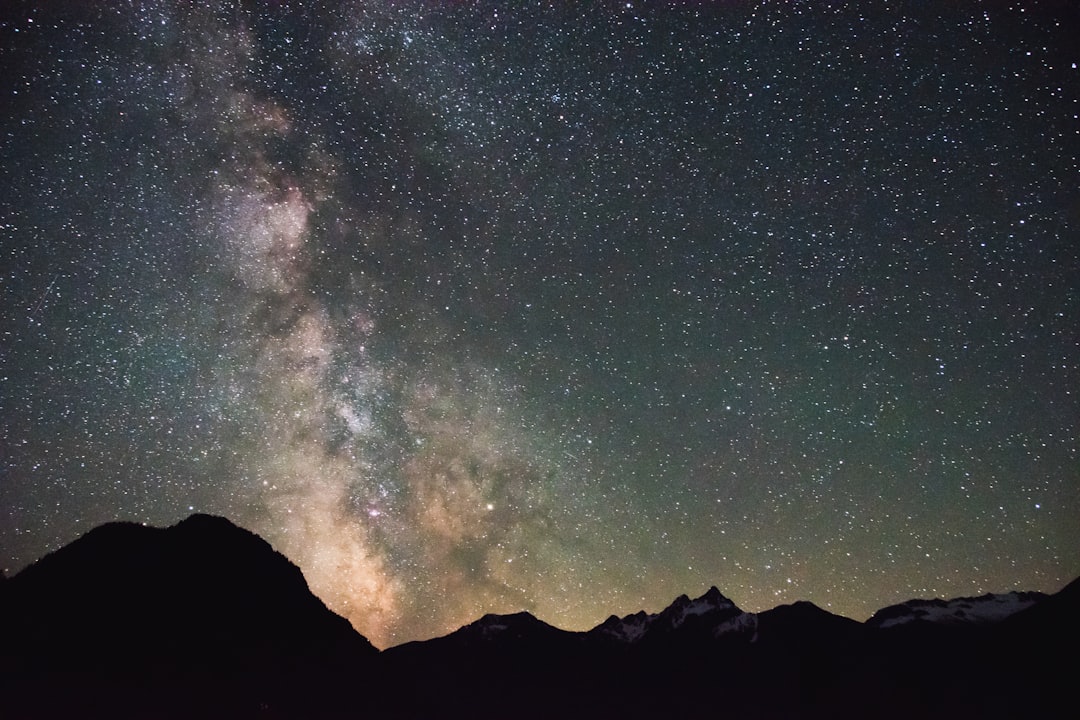What is it about?
The paper describes a digital video system intended for occultation observing and recording. Each image in the video recording is timestamped with millisecond accuracy, referred to UT. This is necessary for accurate orbital determination of Near Earth Orbit asteroids, and many other transient celestial phenomena such as asteroidal occultations.
Featured Image
Why is it important?
Analog video is rapidly becoming a legacy system, yet remains the most common camera system for recordings where millisecond accuracy timestamps referred to UT are required. Digital video cameras have no comparable method of timestamping individual frames to the same level of accuracy and precision. ADVS is an attempt to provide a digital video system which has images formally timestamped to the millisecond, referred to UT.
Perspectives
The ADVS system took more than two years to develop and two years to write up. It represents the first of the next wave of camera systems that can take advantage of digital technology rather than relying on analog video. While there are many digital video systems in existence, ADVS is singular in that its image timestamping method is accurate to the millisecond and is referred to UT. It also measures the start and end time of the actual exposure, rather than triggering the camera to take an image (and then hoping that this happens in a timely manner). ADVS 2.0 is being developed as I write this. It aims to simply continue the porting of the system to newer operating systems, thus keeping the device from becoming a legacy system like its predecessor, analog video.
Mr M.A. (Tony) Barry
University of Sydney
Read the Original
This page is a summary of: A Digital Video System for Observing and Recording Occultations, Publications of the Astronomical Society of Australia, January 2015, Cambridge University Press,
DOI: 10.1017/pasa.2015.31.
You can read the full text:
Contributors
The following have contributed to this page










